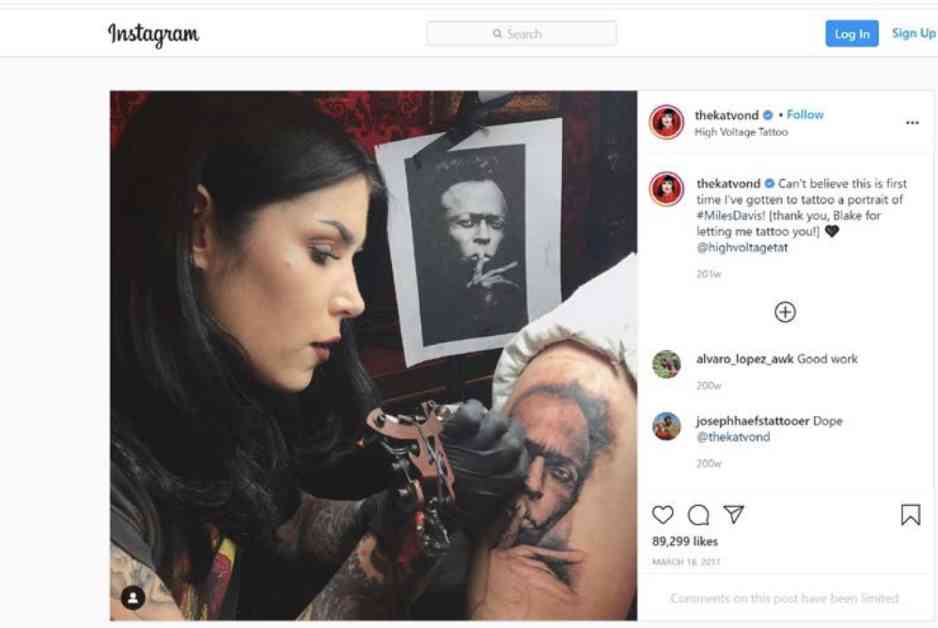In a recent legal battle between celebrity tattoo artist Kat Von D and Netflix’s docuseries “Tiger King,” the issue of fair use and transformative use post-Warhol has come into question. The Ninth and Tenth Circuits had differing outcomes, showcasing the ongoing struggle in defining transformative fair use.
In the case of Kat Von D, she recreated a famous musician’s photograph in a tattoo and posted the process online. On the other hand, Netflix used video footage from a real-life funeral in their documentary. Both parties were sued for copyright infringement, claiming fair use as a defense. Kat Von D emerged victorious, while Netflix lost the battle.
The Ninth Circuit upheld the jury’s verdict for Kat Von D, stating that fair use protected her social media posts capturing the tattoo process with the photograph in the background. The court emphasized that criticism or commentary on the original work is not always necessary to satisfy the first fair-use factor.
On the contrary, the Tenth Circuit ruled against Netflix in the “Tiger King” dispute, stating that fair use did not apply as the borrowed video was not subject to criticism or commentary. This decision sparked industry backlash and scholarly debate on the requirements for fair use post-Warhol.
The upcoming appeals in both cases will shed light on the boundaries of transformative fair use and whether direct targeting of the original work is essential. The courts will need to balance the interests of storytellers and copyright owners to ensure a fair and just outcome in these copyright disputes.
As the legal landscape evolves, it will be crucial for judicial decisions to strike a balance between promoting creativity and respecting copyright ownership. The ongoing debate on transformative fair use post-Warhol highlights the complexities of copyright law in the digital age and the challenges in defining fair use in different creative contexts. Stay tuned for further updates on these cases as they progress through the appeals process.















